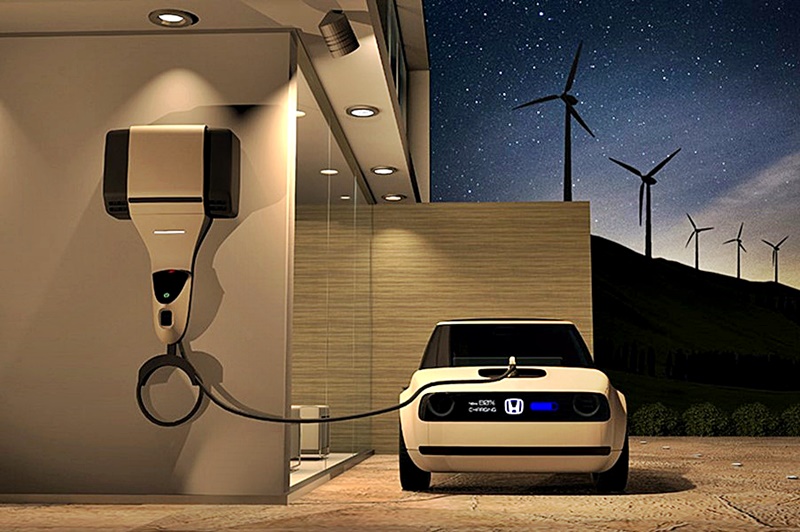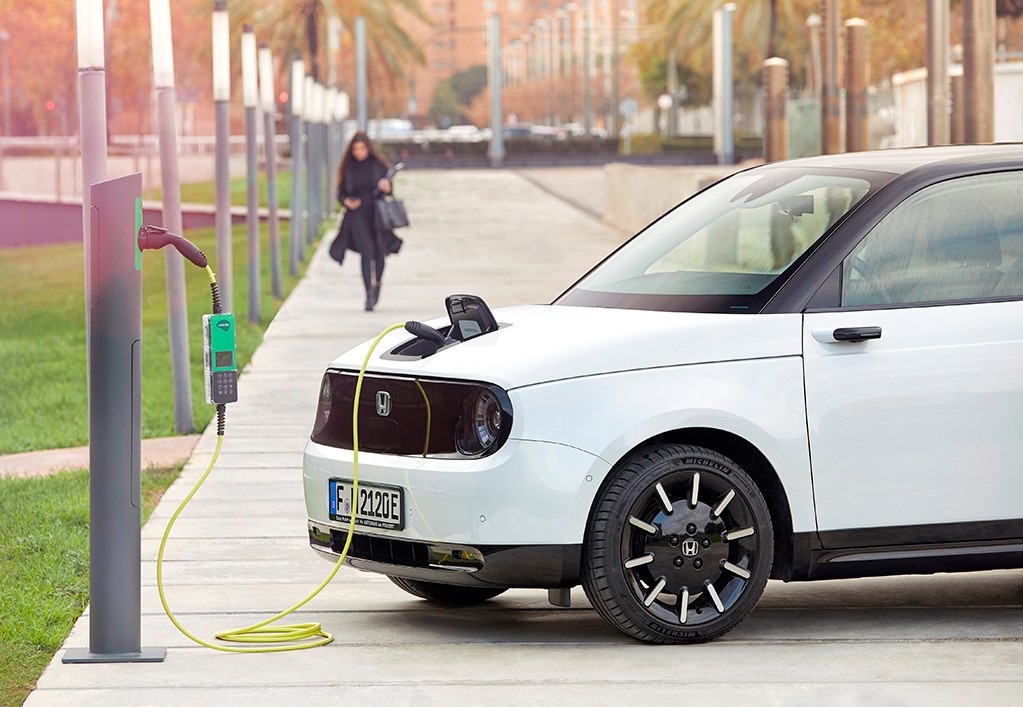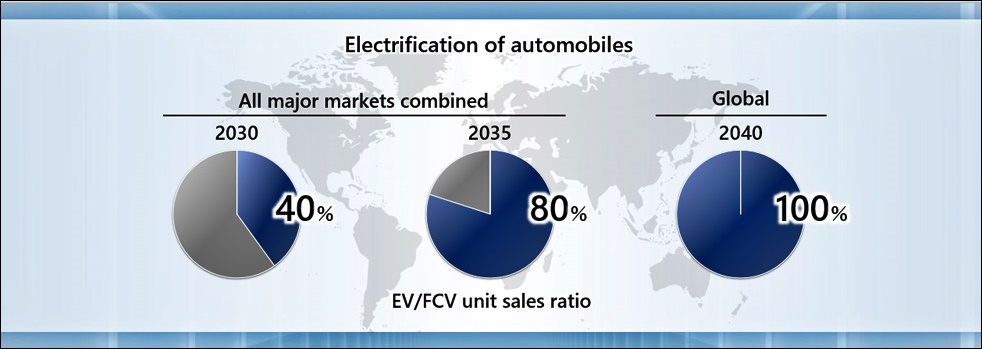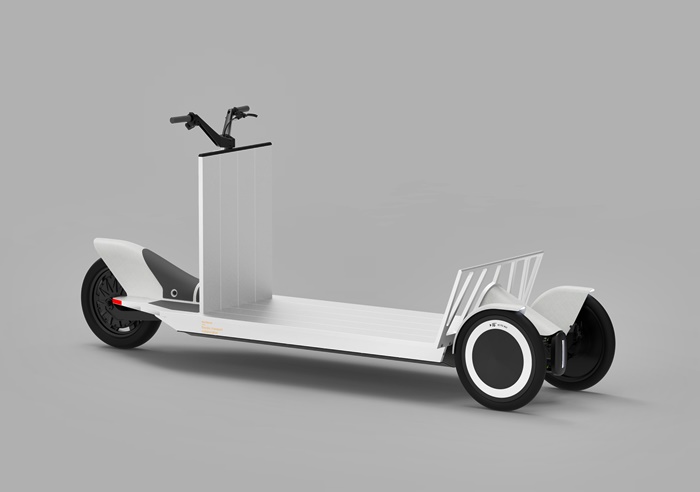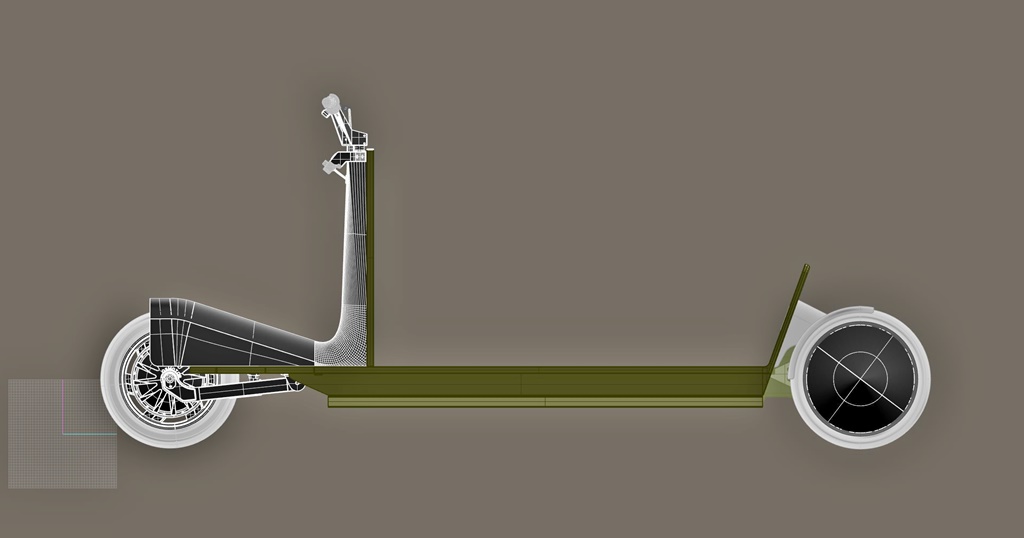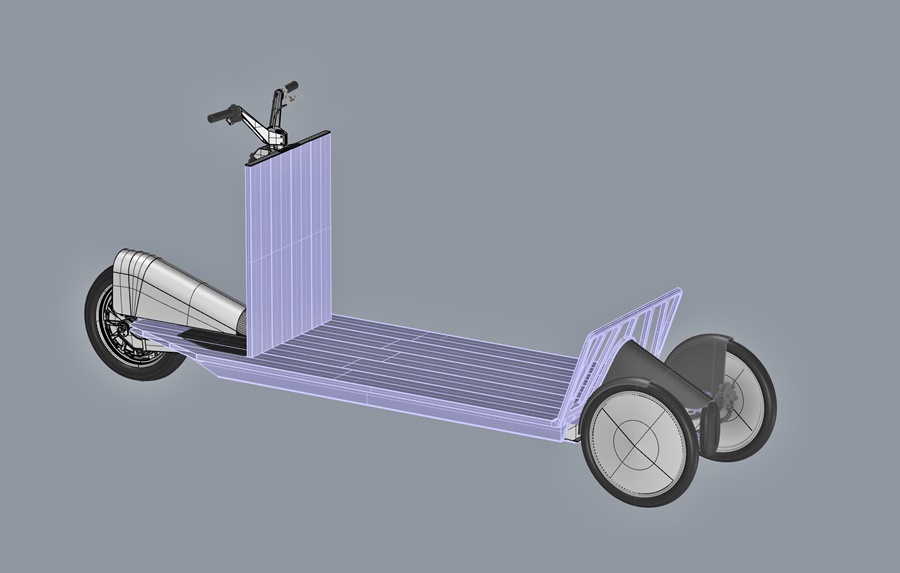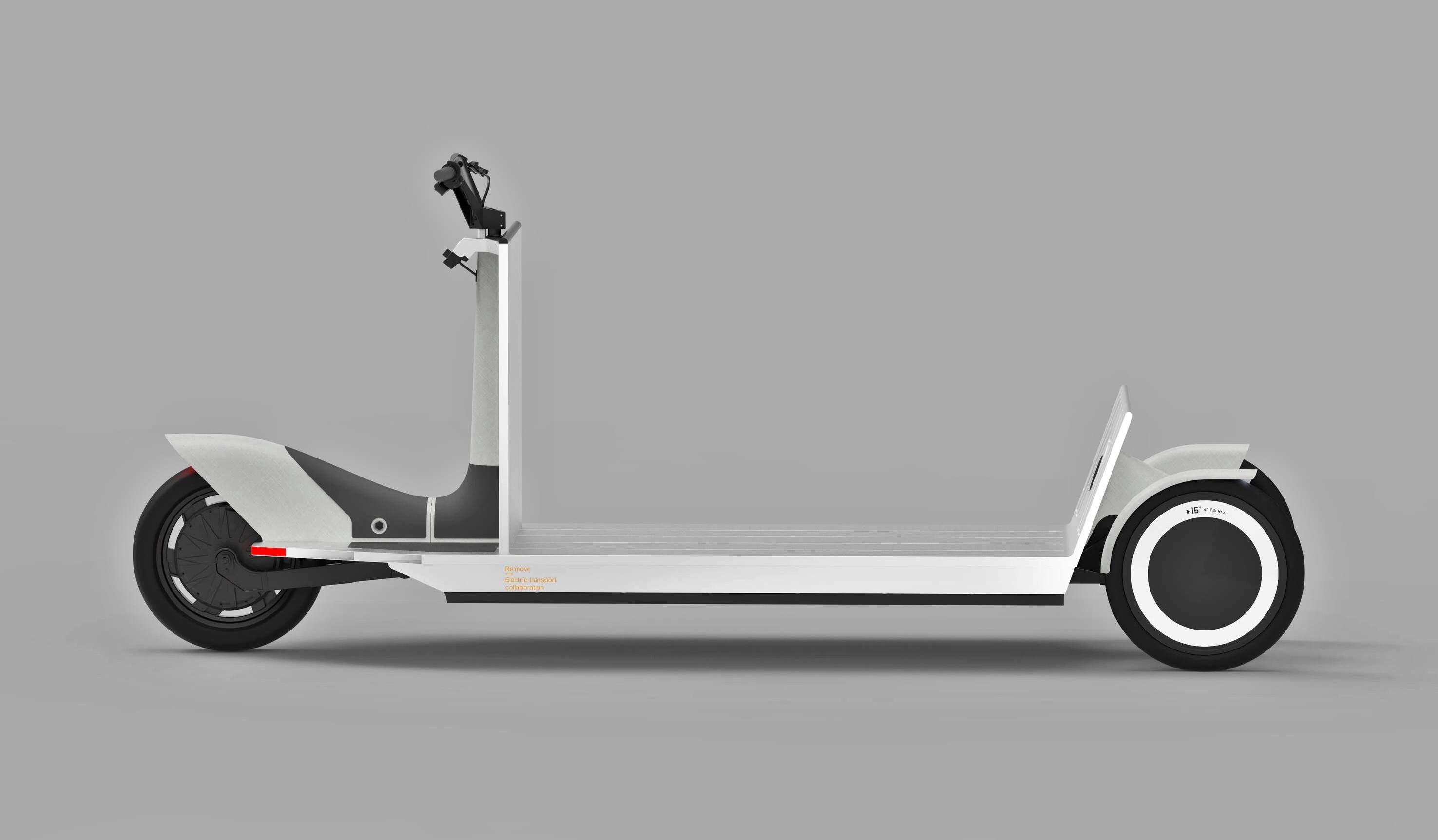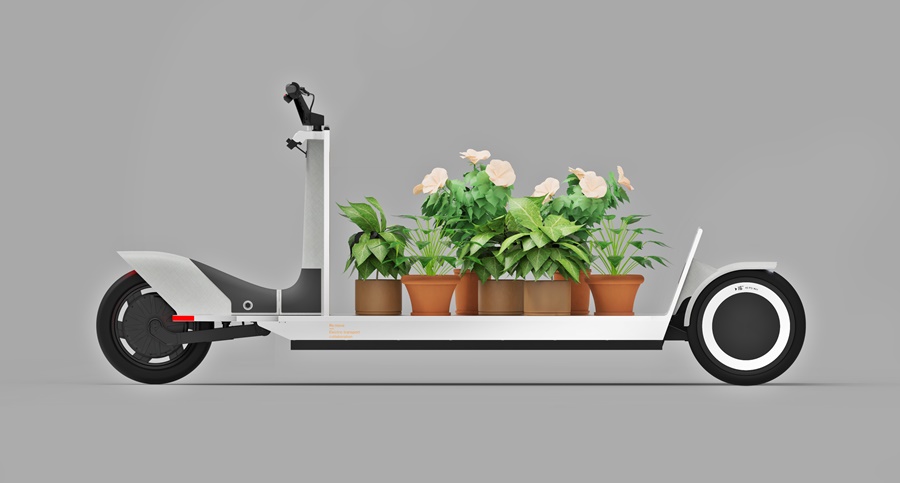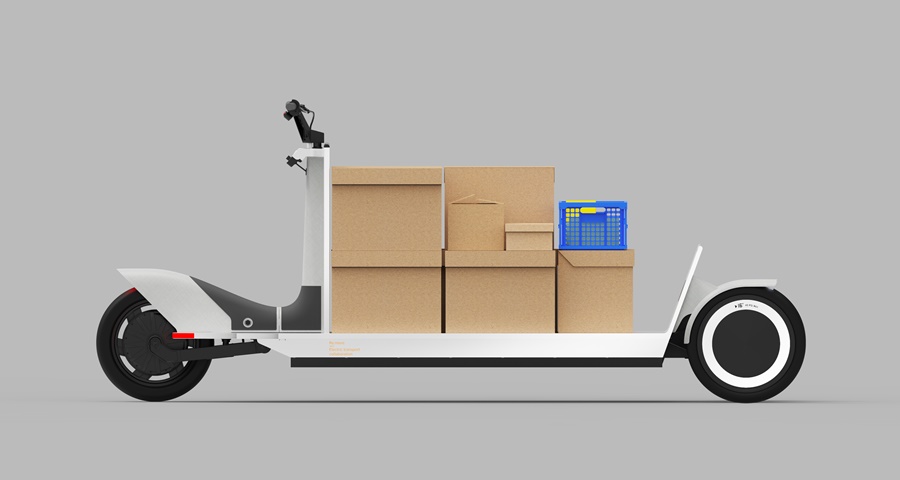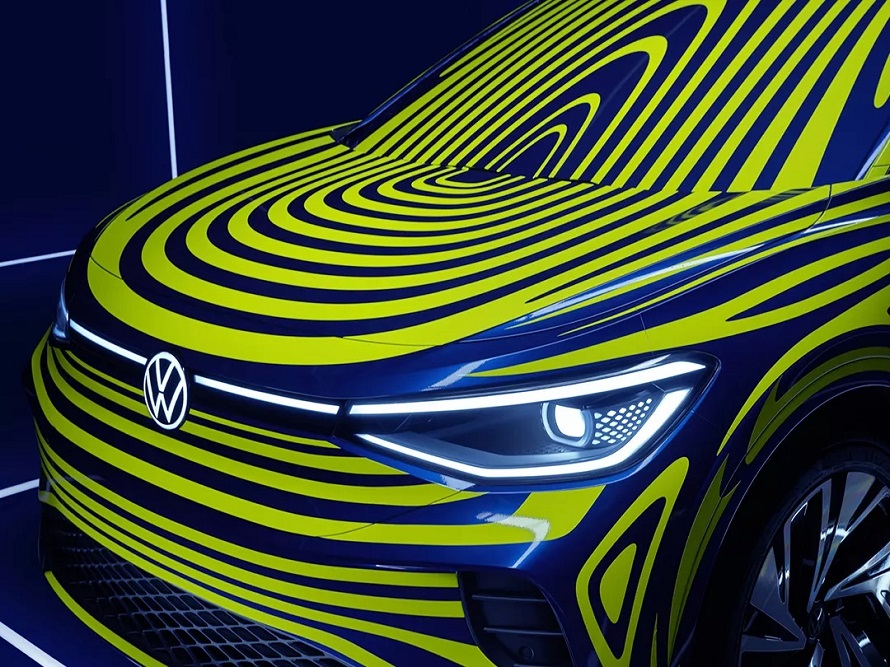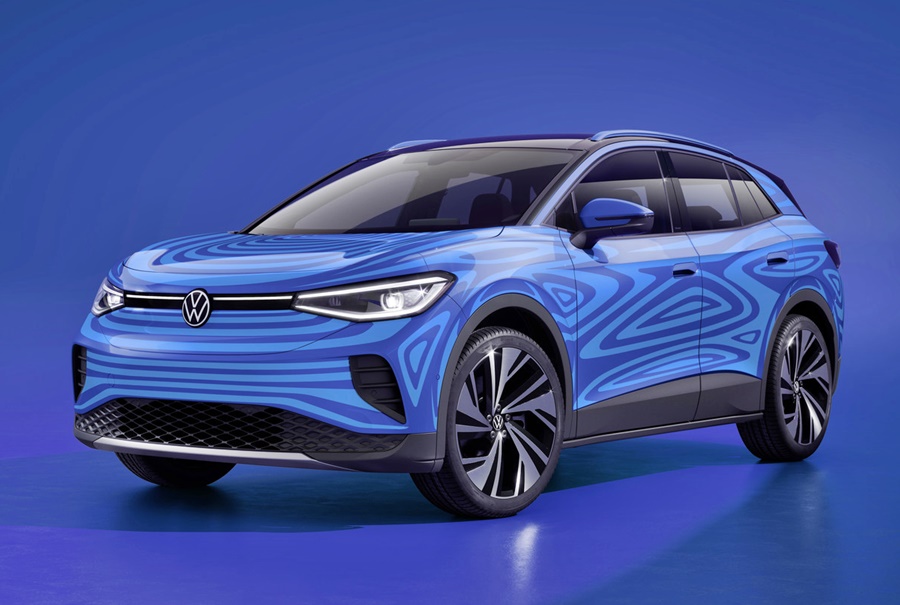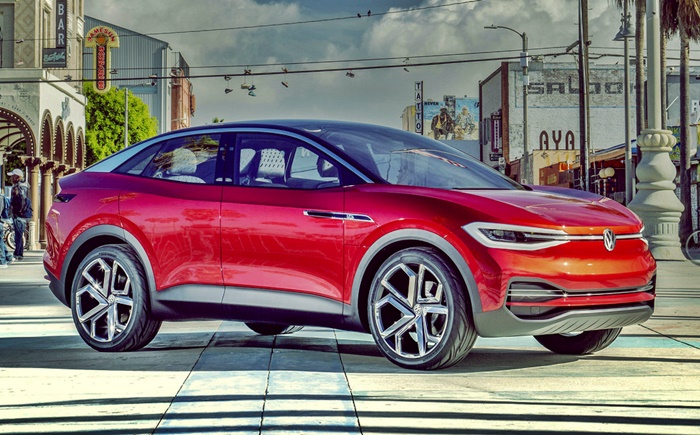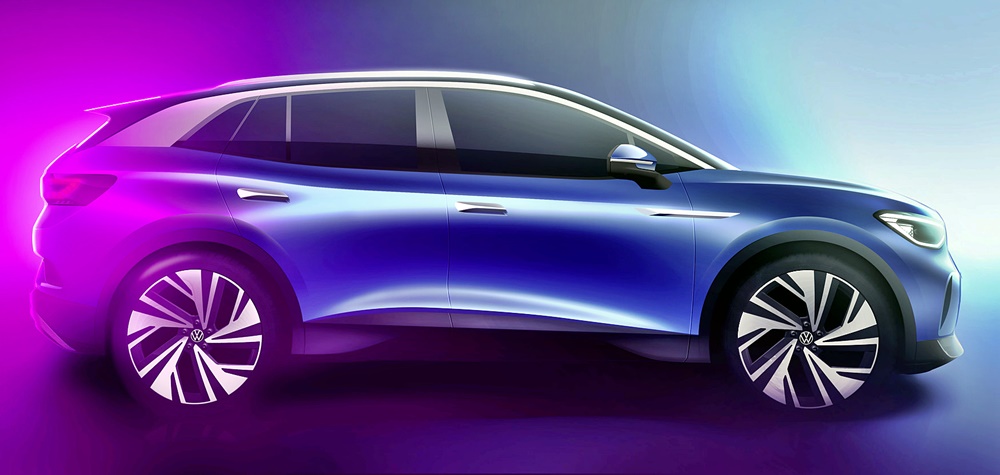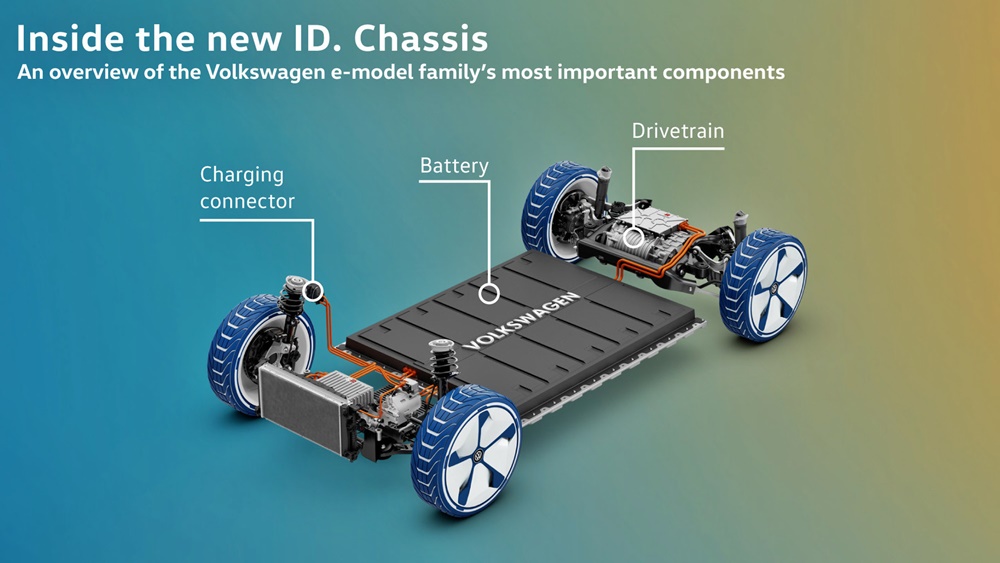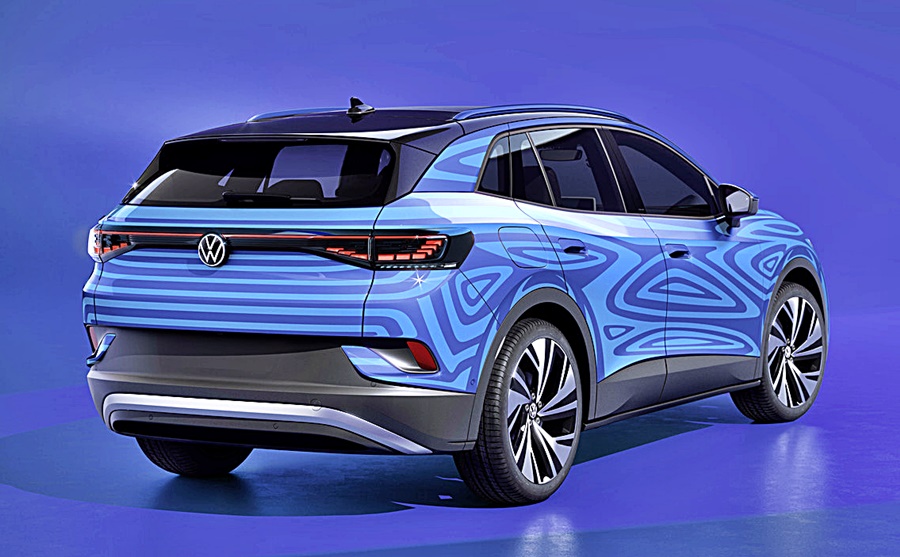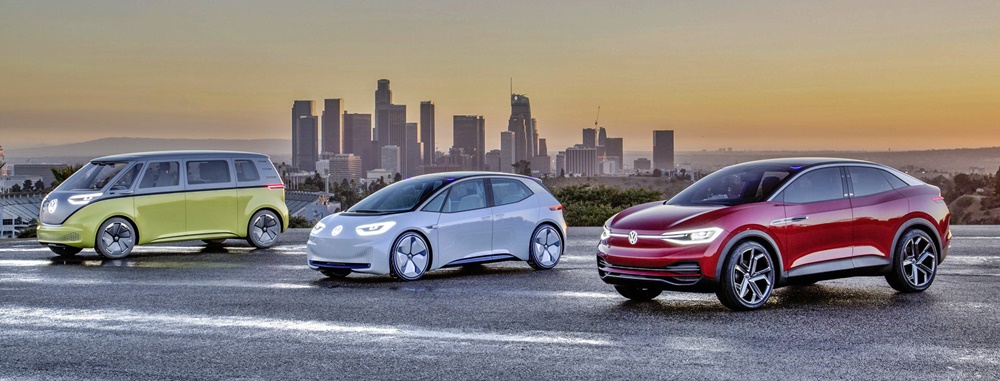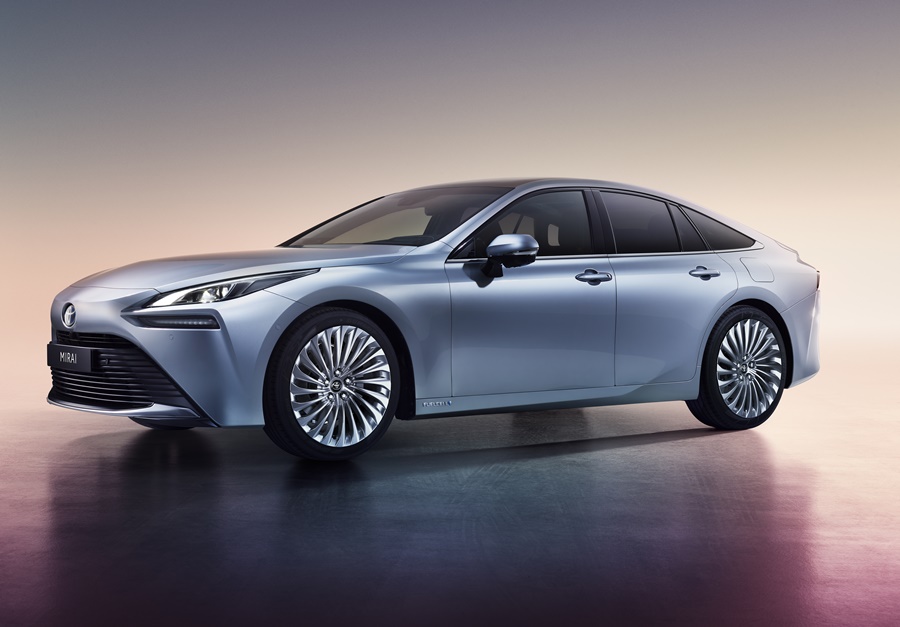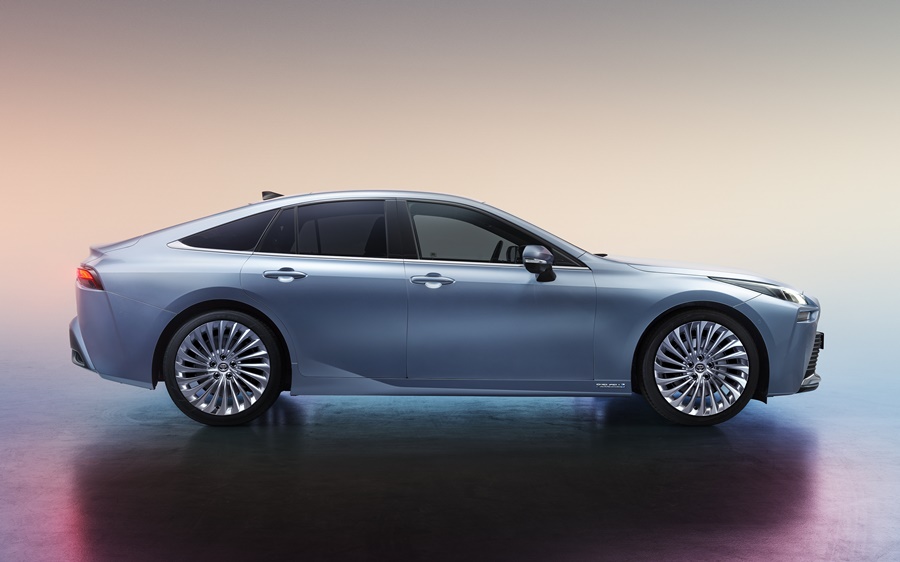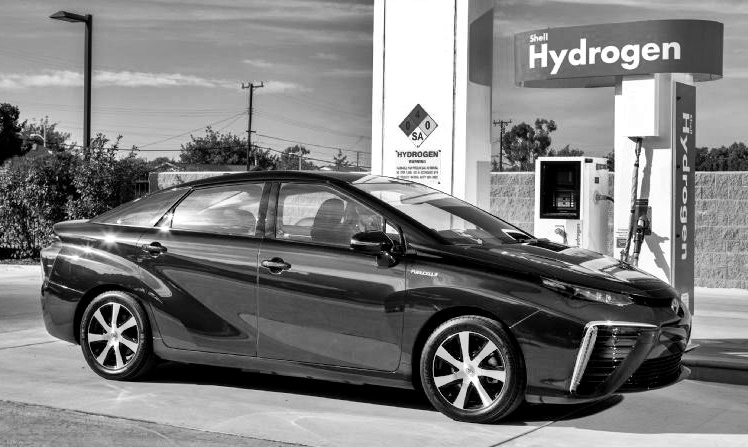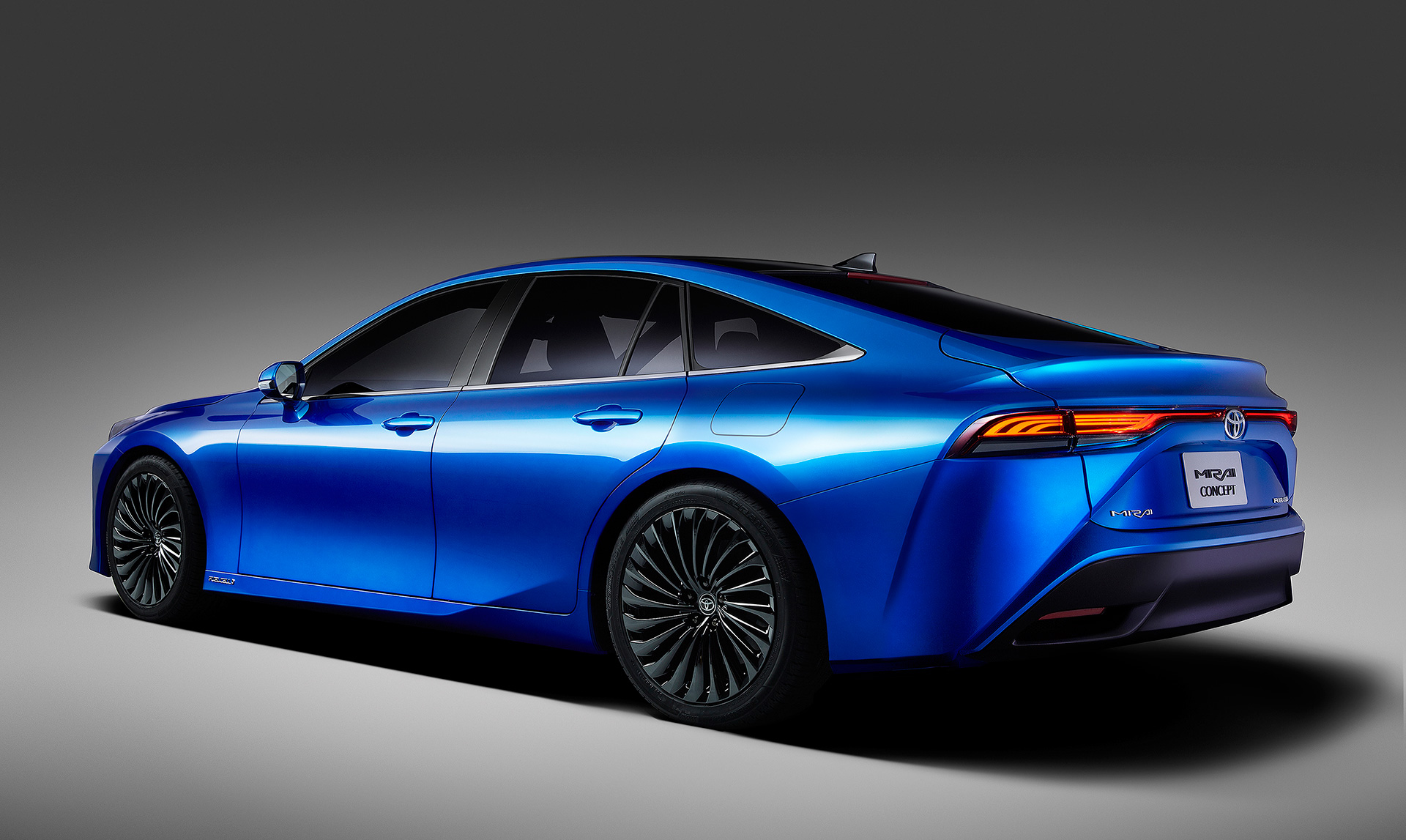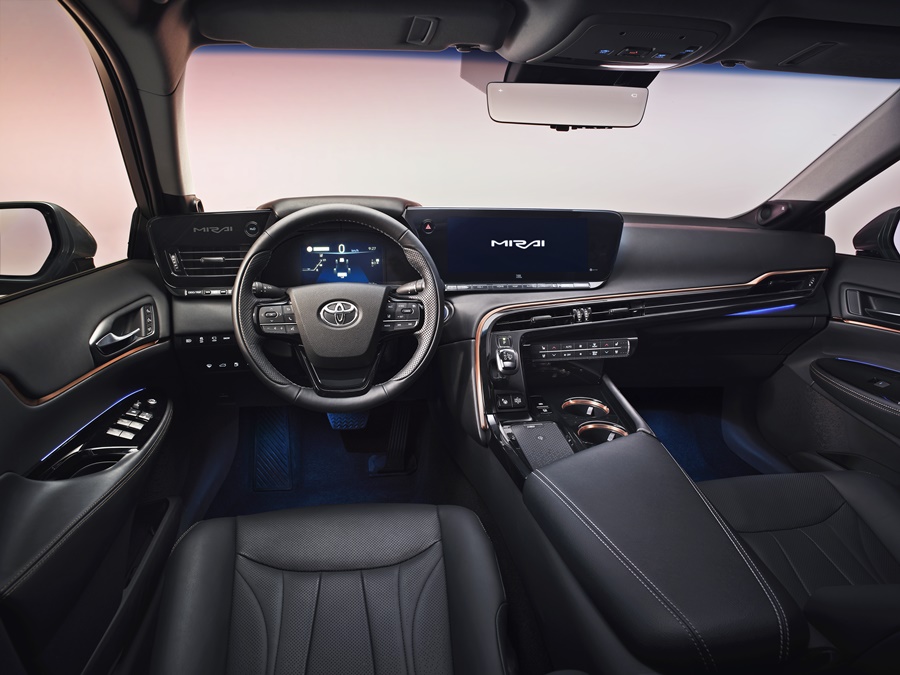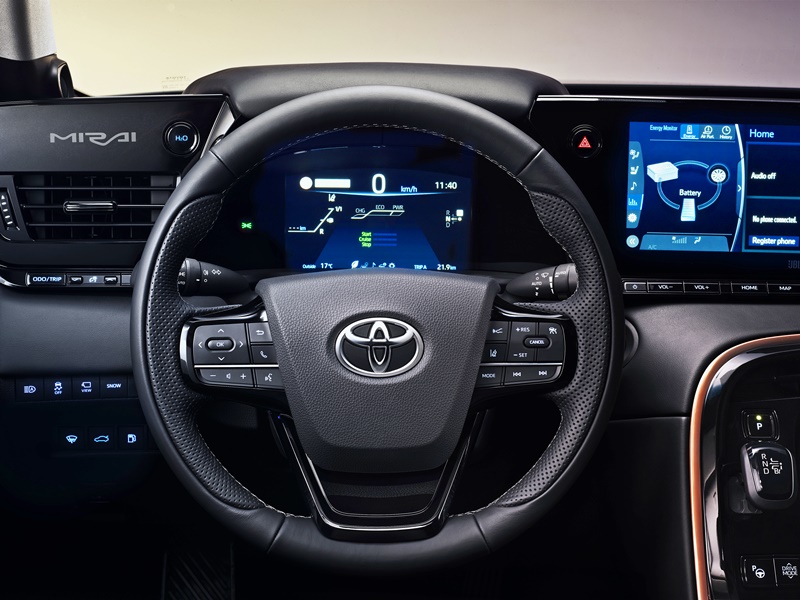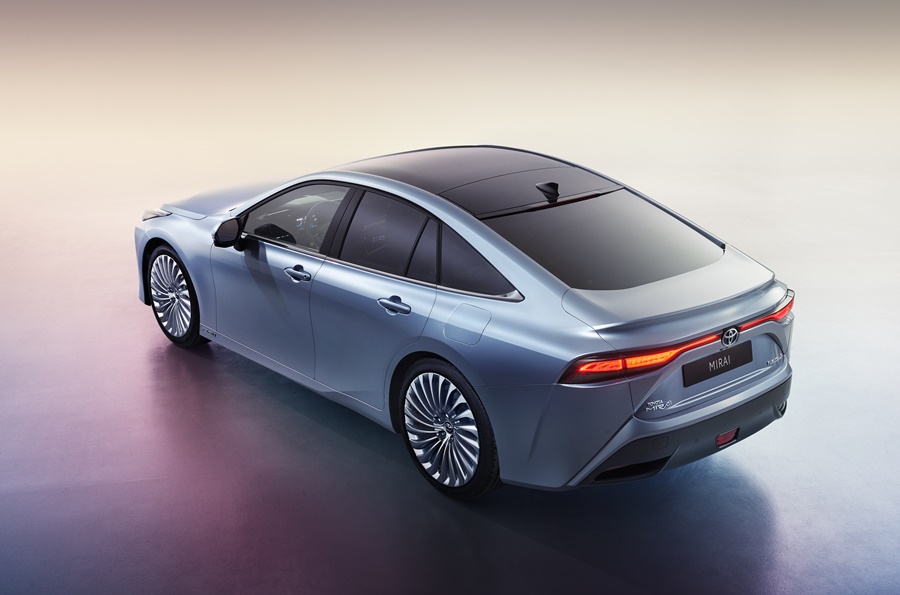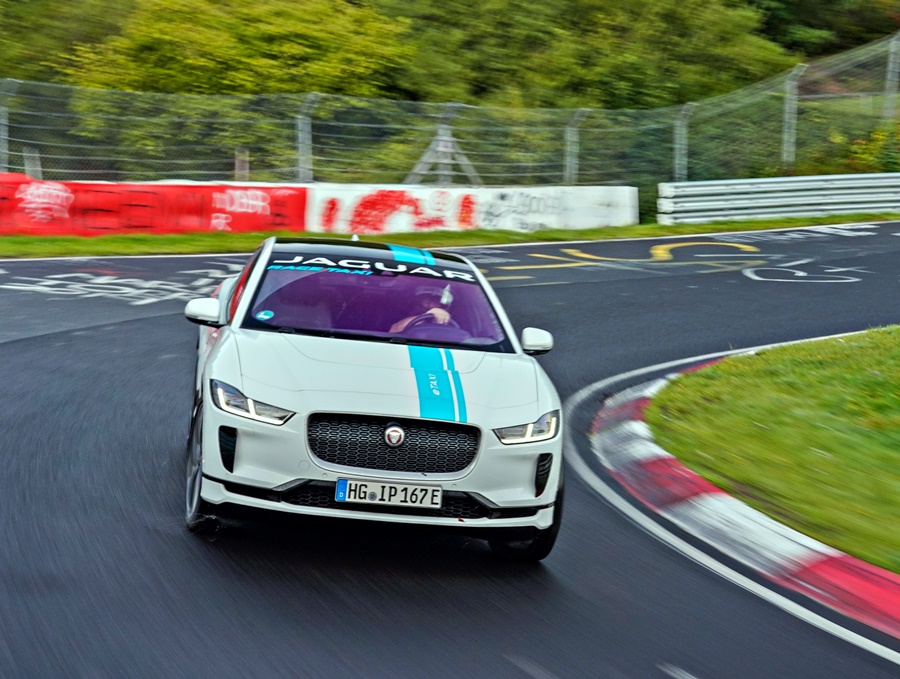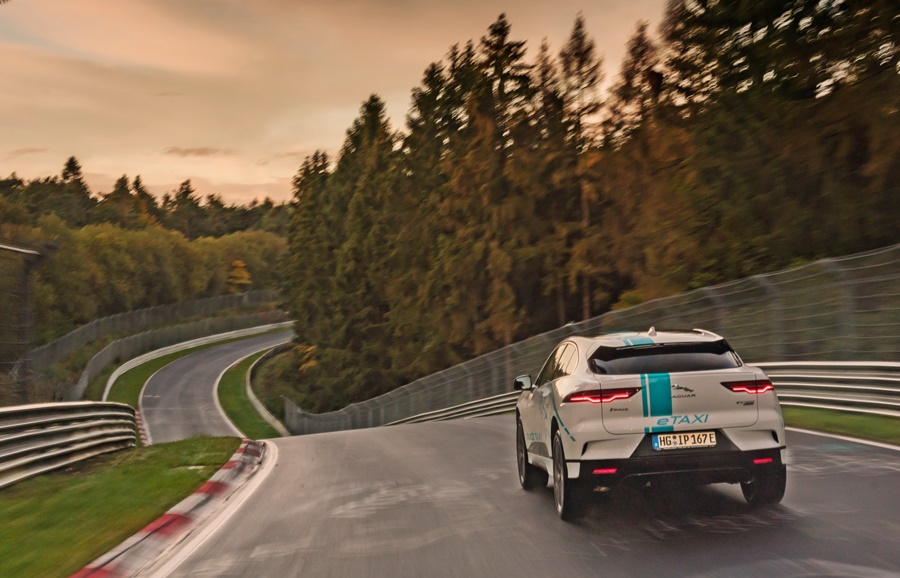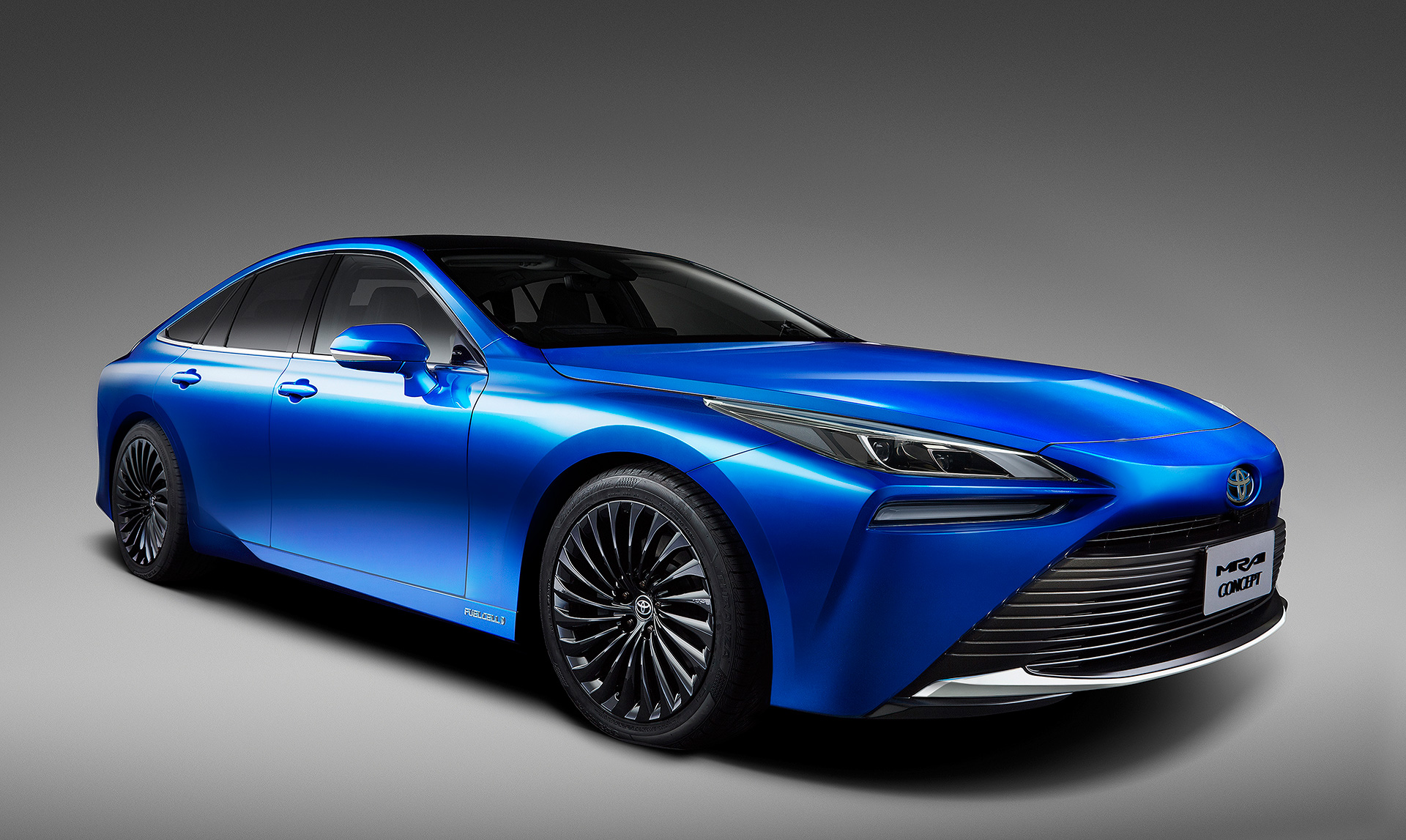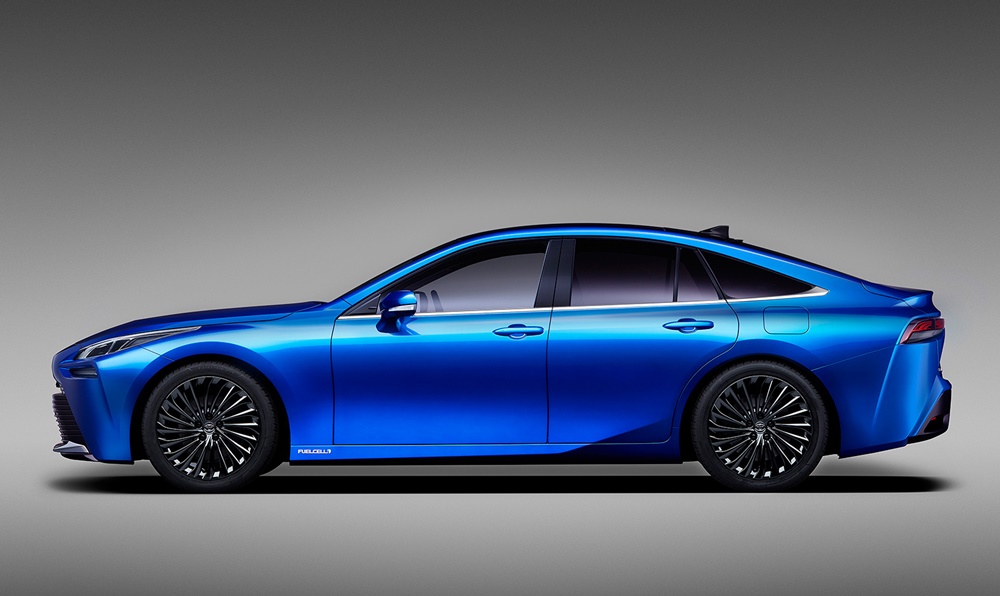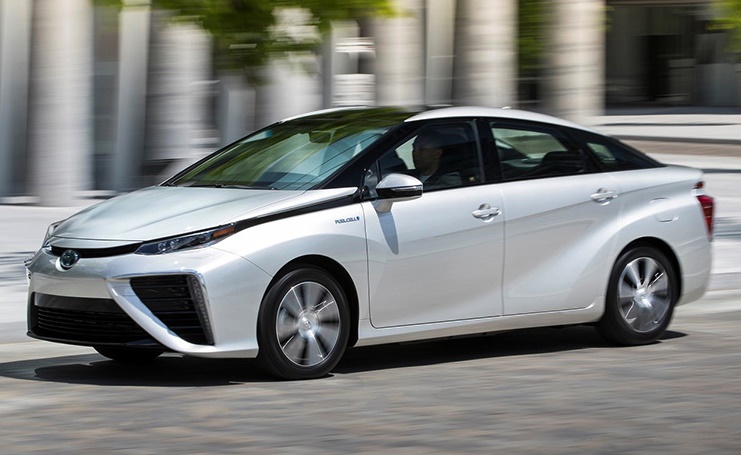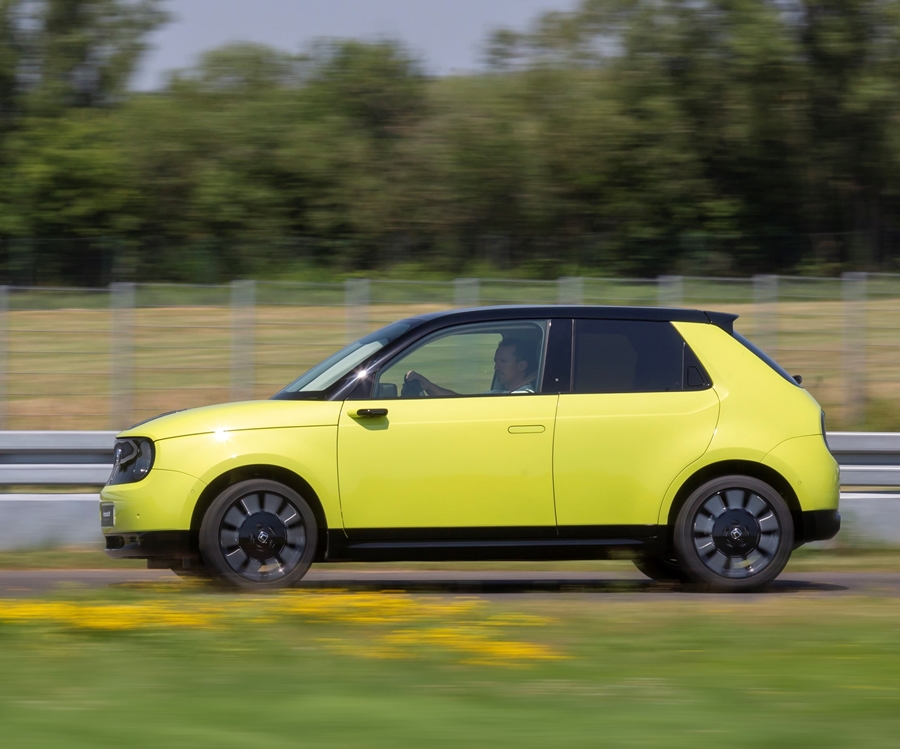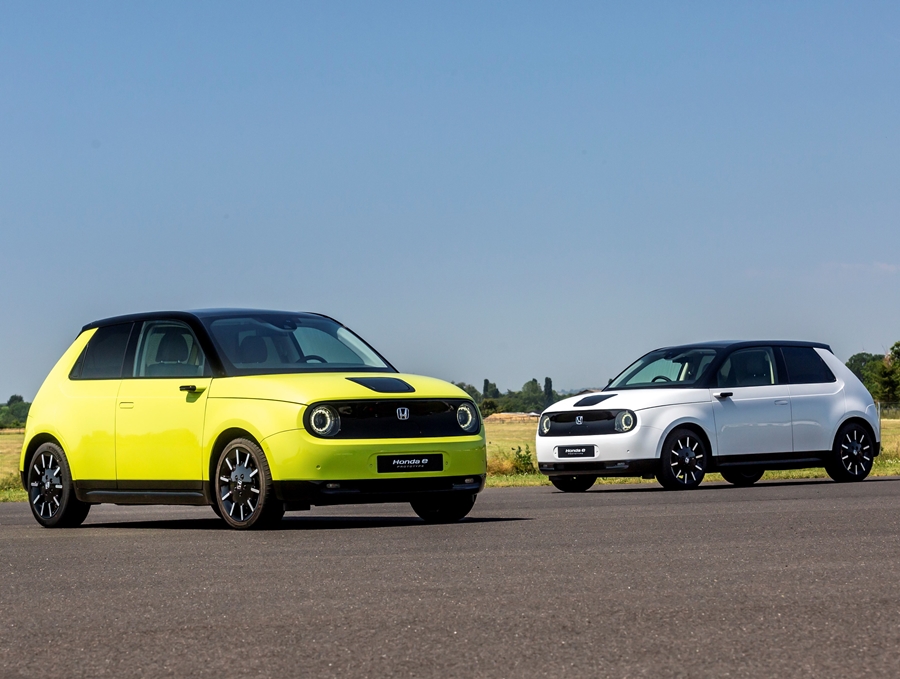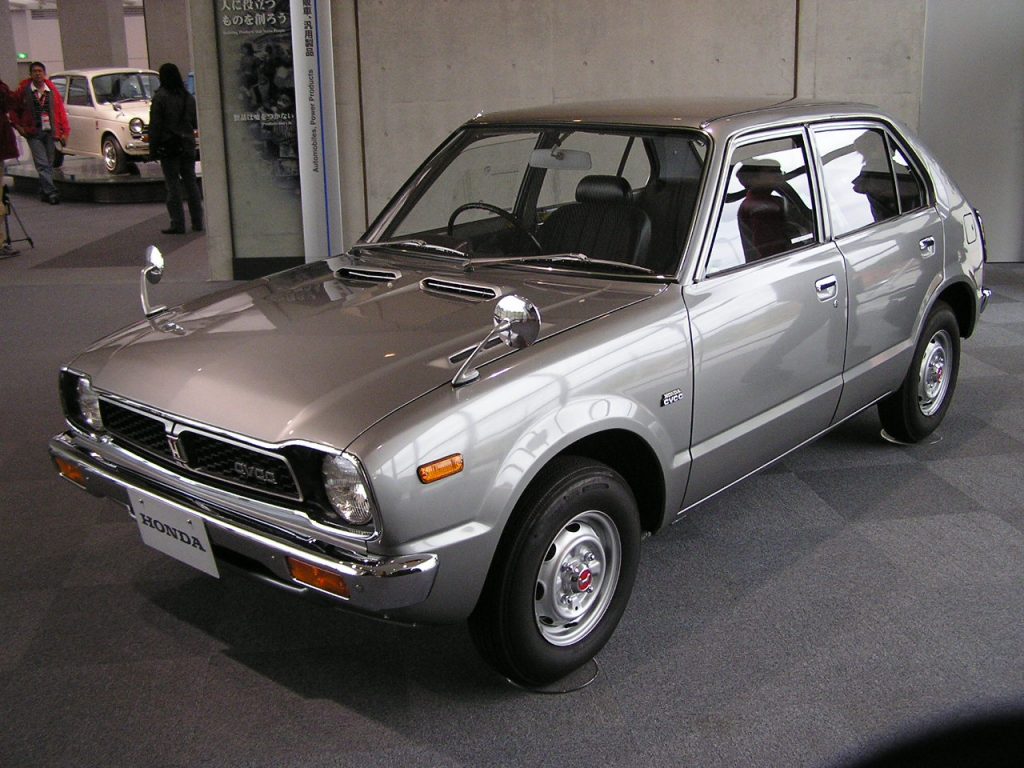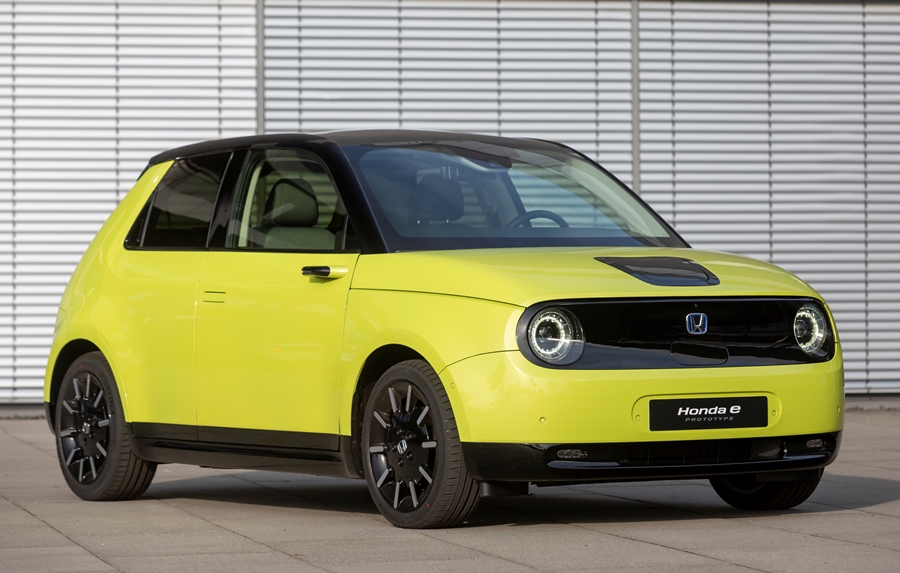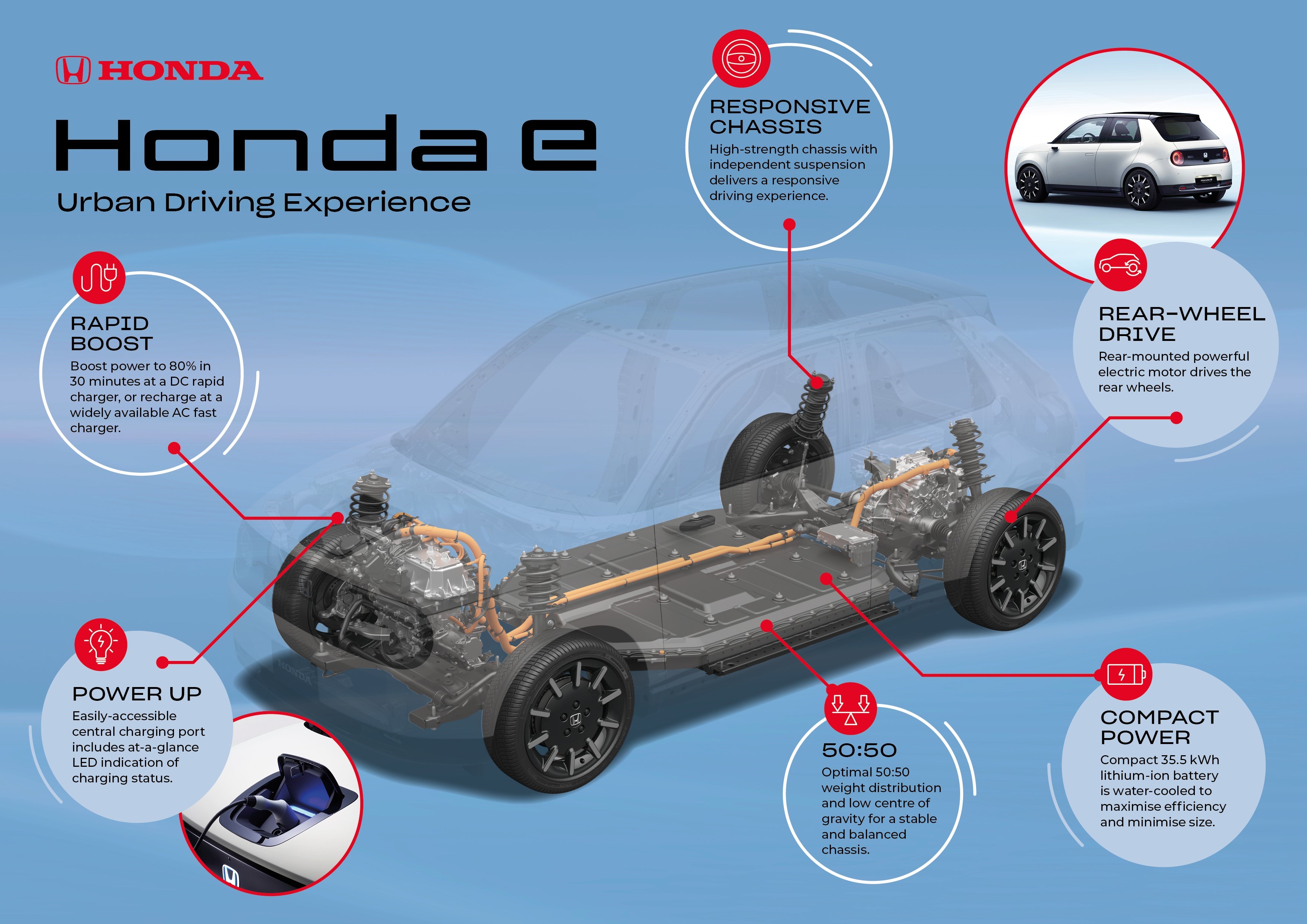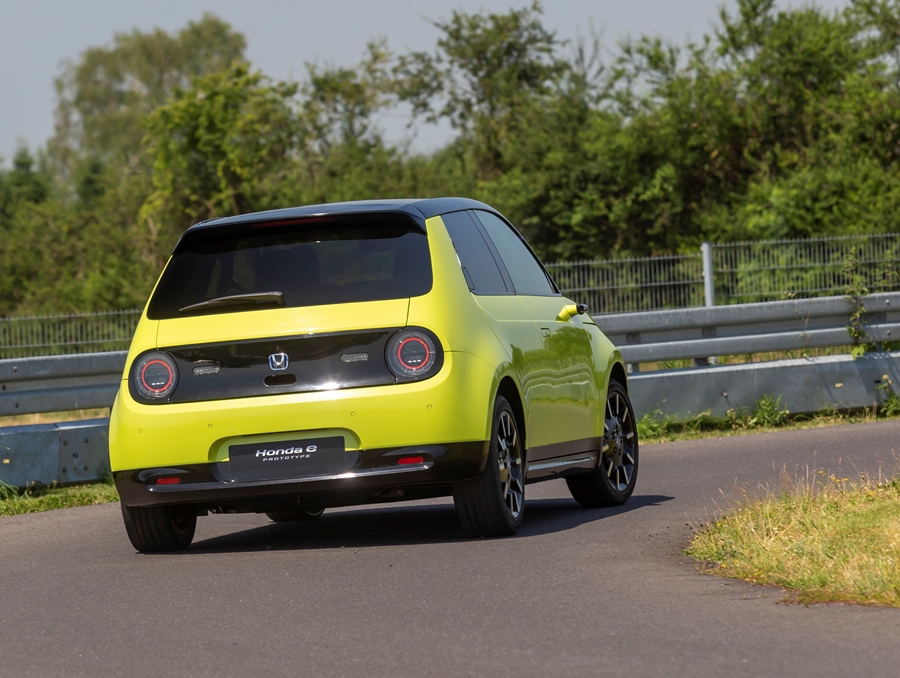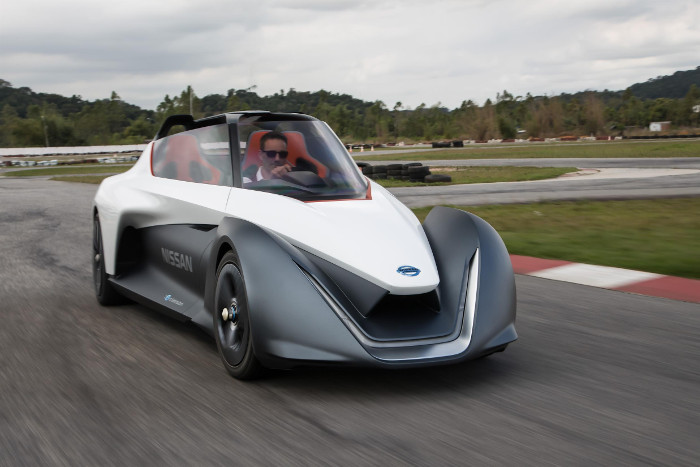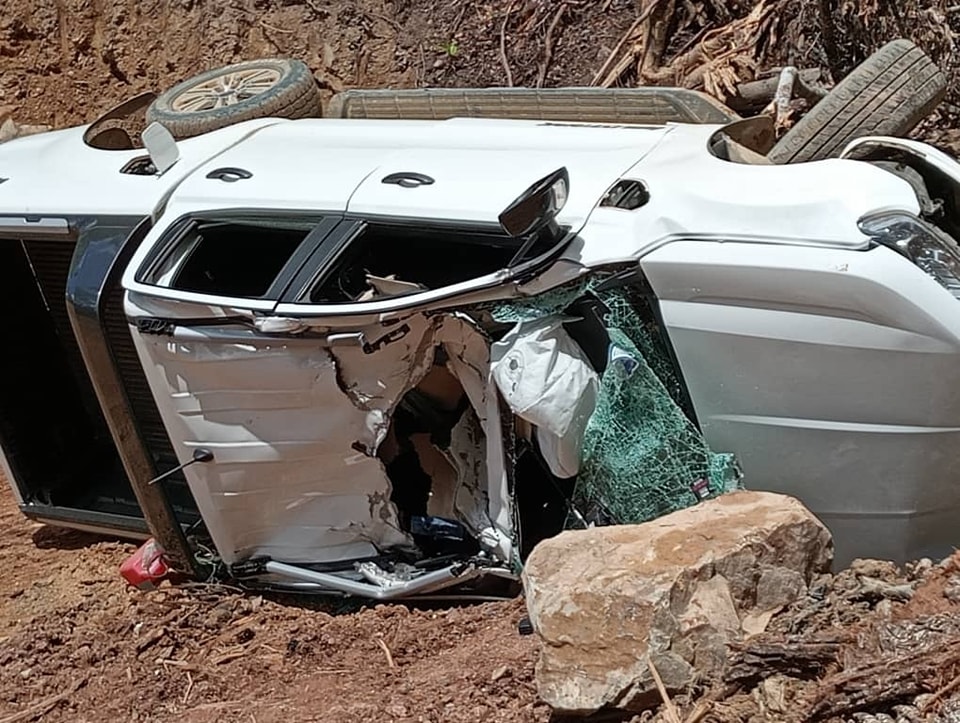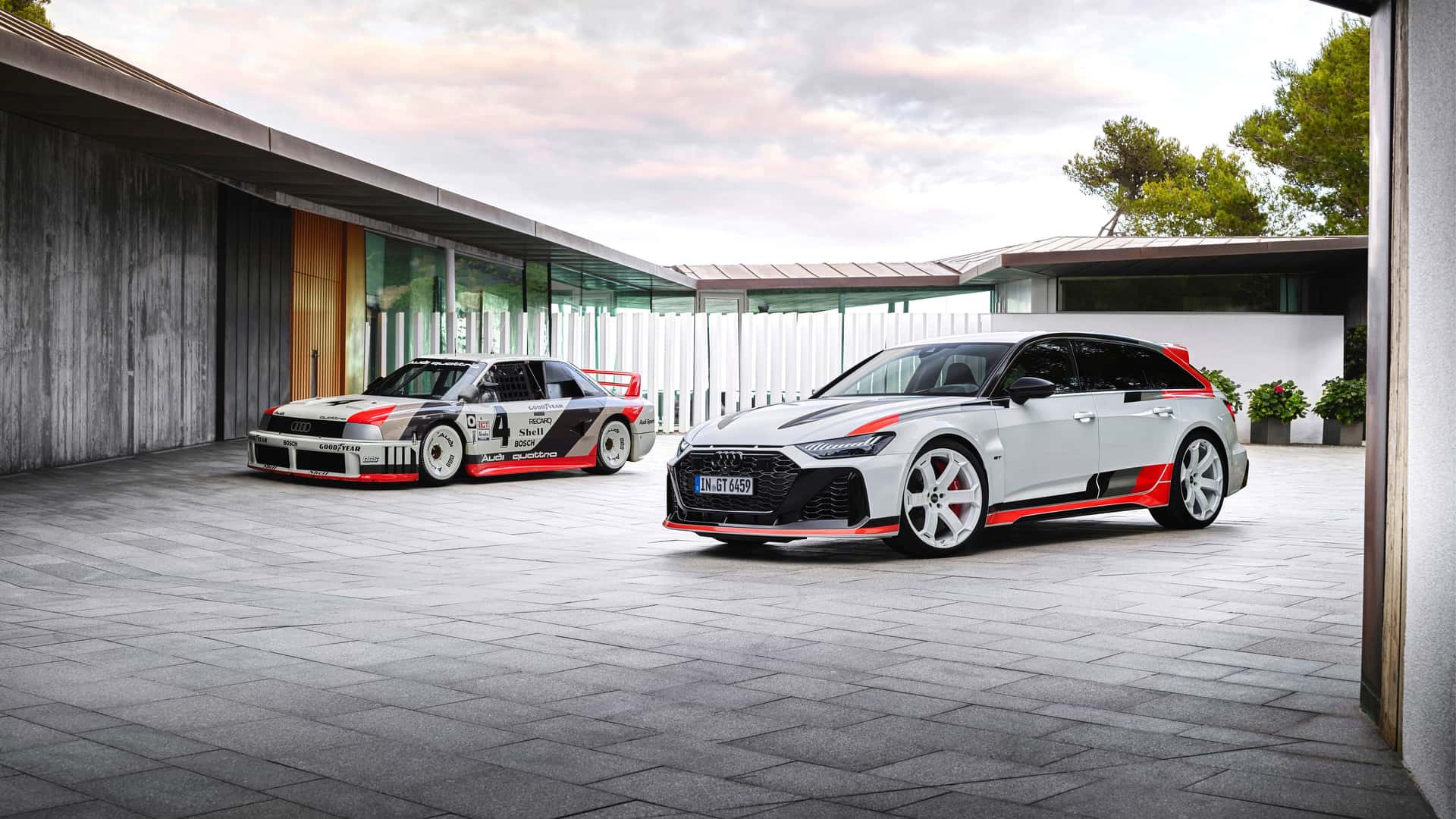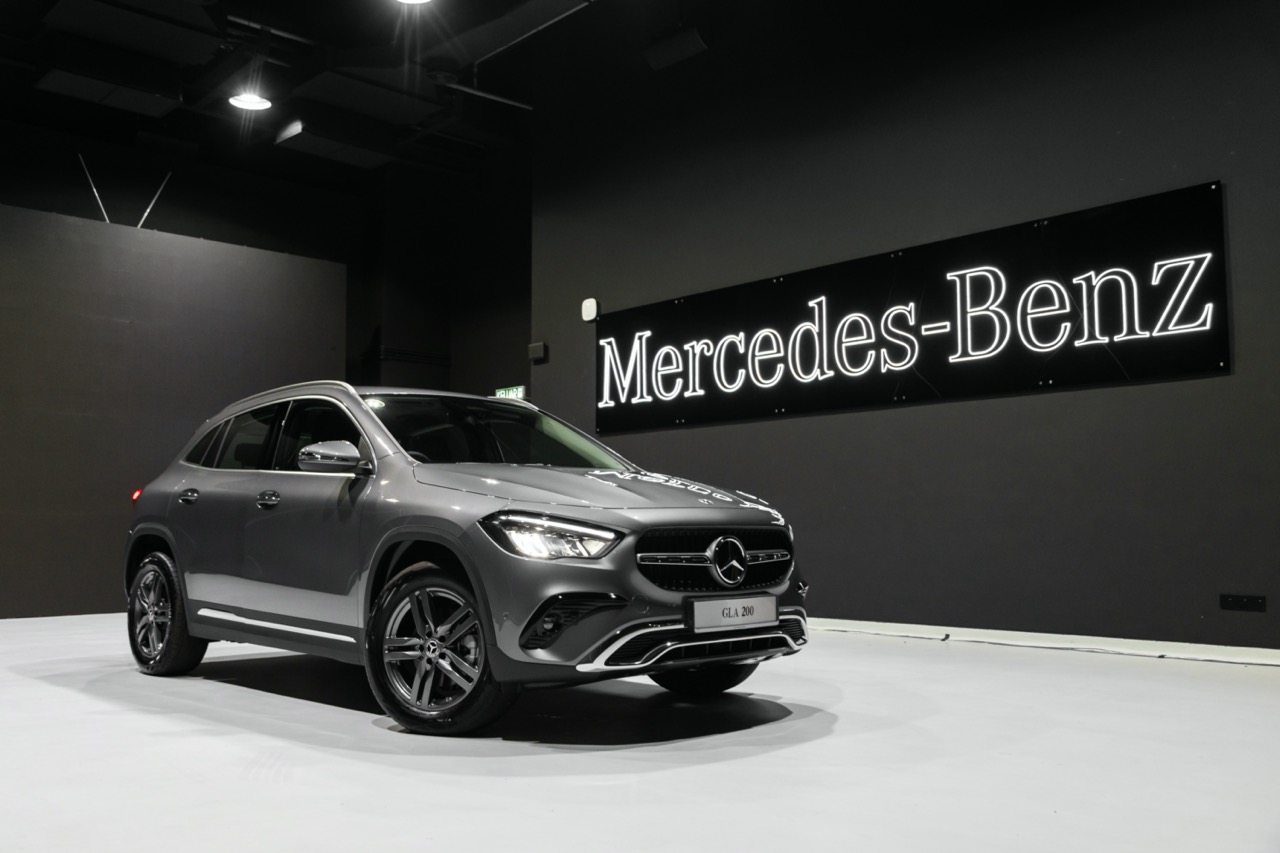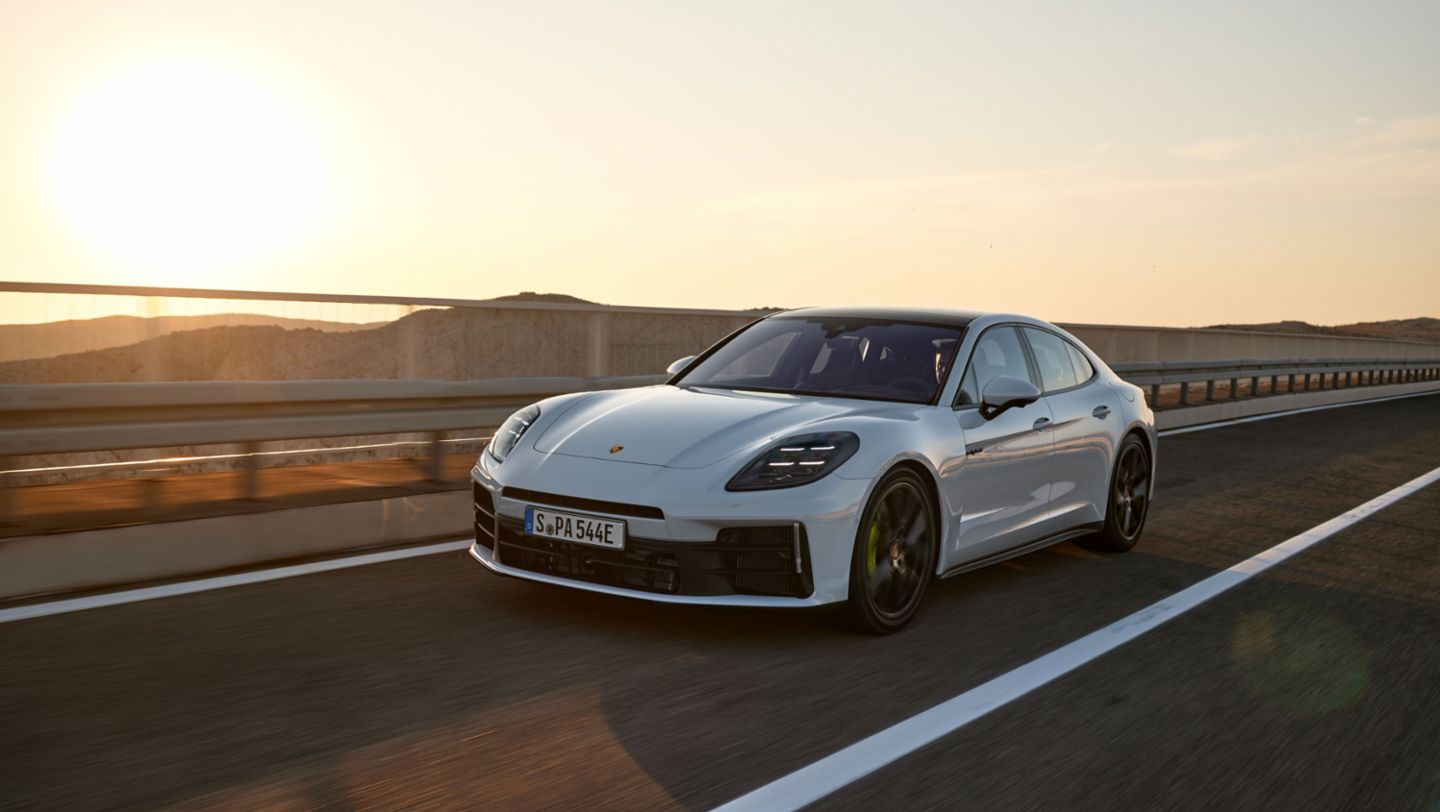
‘Mobility’ is a word that automakers like to use today, some explaining that they are transforming themselves from just being vehicle manufacturers to ‘mobility companies’. Honda too sees itself as a mobility company and indeed, over the 73 years it has been in business, it has developed products that provide mobility for the masses. In fact, it’s the world’s largest power unit manufacturer, making products from power generators used at pasar malams to motorized transport and even jet aircraft.
Honda would like to be regarded as a company that society wants to exist, because of the good things it does and can do. And as a responsible corporate citizen, it also has to consider important global issues concerning the environment and road safety, the latter related to the vehicles it provides.
With reduction of carbon emissions as a priority, Honda has made a firm commitment to achieve carbon neutrality for all its products and corporate activities by 2050. In this way, its business will have zero environmental impact and this will require the use of clean energy and resource recirculation.
In order to achieve this carbon-free goal on a ‘tank-to-wheel’ basis, Honda has decided that by 2040 – just 19 years from now – it will sell only battery-electric vehicles (BEVs) and fuel cell electric vehicles (FCVs). It will no longer sell vehicle with internal combustion engines (ICE) that generate pollution, even if much has been done in past decades to bring pollution from exhaust emissions down (Honda’s CVCC system being one of the ways).
Of course, between now and 2040, the phasing out of ICE vehicles has to be progressive and will start with the more advanced markets where there is already a trend of electrification. In fact, Norway has already reported that sales of fully electric vehicles have overtaken ICE vehicles in that country. The ratio of electrified vehicles will be 40% by 2030 and then doubled to 80% by 2035.
The company has identified North America as one of the regions where it will pursue the targets and has formed an alliance with GM to achieve electrification in North America efficiently. The two companies are jointly developing two large EV models using GM’s Ultium batteries which will enter the market in 2024 under both the Honda and Acura brands.
Starting from the second half of the 2020s, Honda will launch a series of new EV models which adopt e:Architecture, a completely new EV platform developed by the company. These EV models will first be introduced to the North American market, and then to other regions of the world.
China, the world’s largest automobile market, will also see a similar progression to EVs and during the next 5 years, at least 10 Honda-brand models will be introduced. In fact, the first of these will be the SUV e:prototype which is scheduled to go on sale in early 2022.
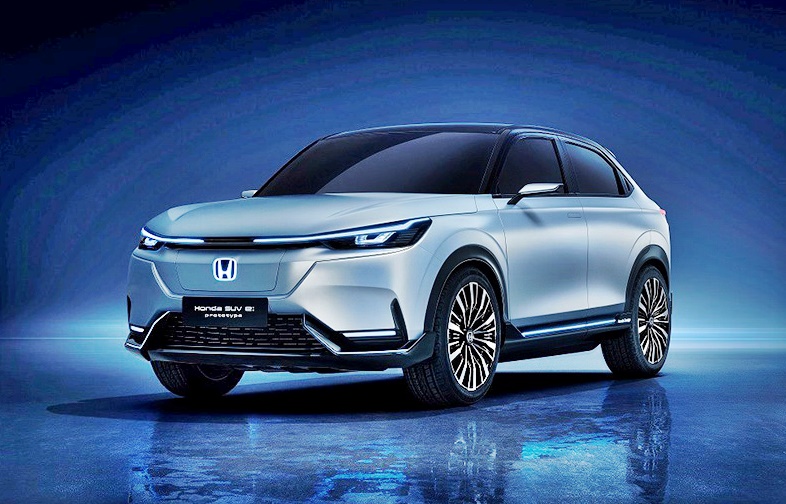
Japan, Honda’s home market, will see a sales ratio of 20% EVs by 2030, 80% by 2035 and 100% by 2040. However, if including hybrid models, 100% of automobile sales in Japan can be electrified by 2030. There will also be a K-car EV in 2024 as well.
It will be interesting to see how Honda deals with markets which do not have firm policies concerning EVs. Obviously the company won’t want to stop selling altogether but conditions could be difficult if prices of EVs do not come down sufficiently for the masses to afford. Right now, in countries like Malaysia, the fact that EVs have to be imported in CBU form makes them very expensive and low numbers will not be encouraging for companies, even less so to consider local assembly that could help offset the high production costs. Even then, a poor recharging infrastructure will be a discouraging factor to consumers and this would need government support to establish comprehensively and extensively.
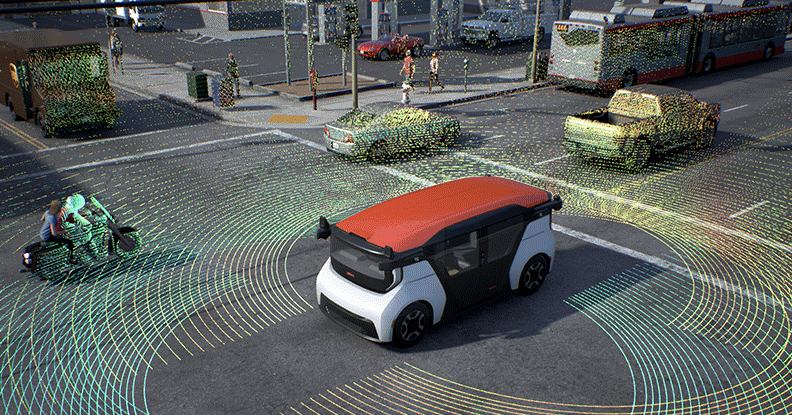
In the area of mobility services (MaaS), Honda will introduce the Cruise Origin, an electric self-driving vehicle. The company is currently developing jointly the vehicle with GM and Cruise, for the Japanese MaaS market in the mid-2020s. On a broader scale, Honda will continue to work on the concept of Honda eMaaS (mobility services) by connecting electrified mobility products and energy service. Honda eMaaS will have three core areas: Expansion of the utilization of Mobile Power Packs; utilization of large-capacity batteries for electrified vehicles; and application and implementation of fuel cell systems.
Regarding fuel cell systems, hydrogen is expected to be popularized as a renewable energy source and Honda has a long history of R&D in hydrogen fuel cell vehicles (FCVs). It was one of the first carmakers to produce a FCV which was successfully used on a commercial basis and its collaboration with GM will see reduced costs and expansion of its line-up of FCVs and also using FC systems for a wide range of applications.
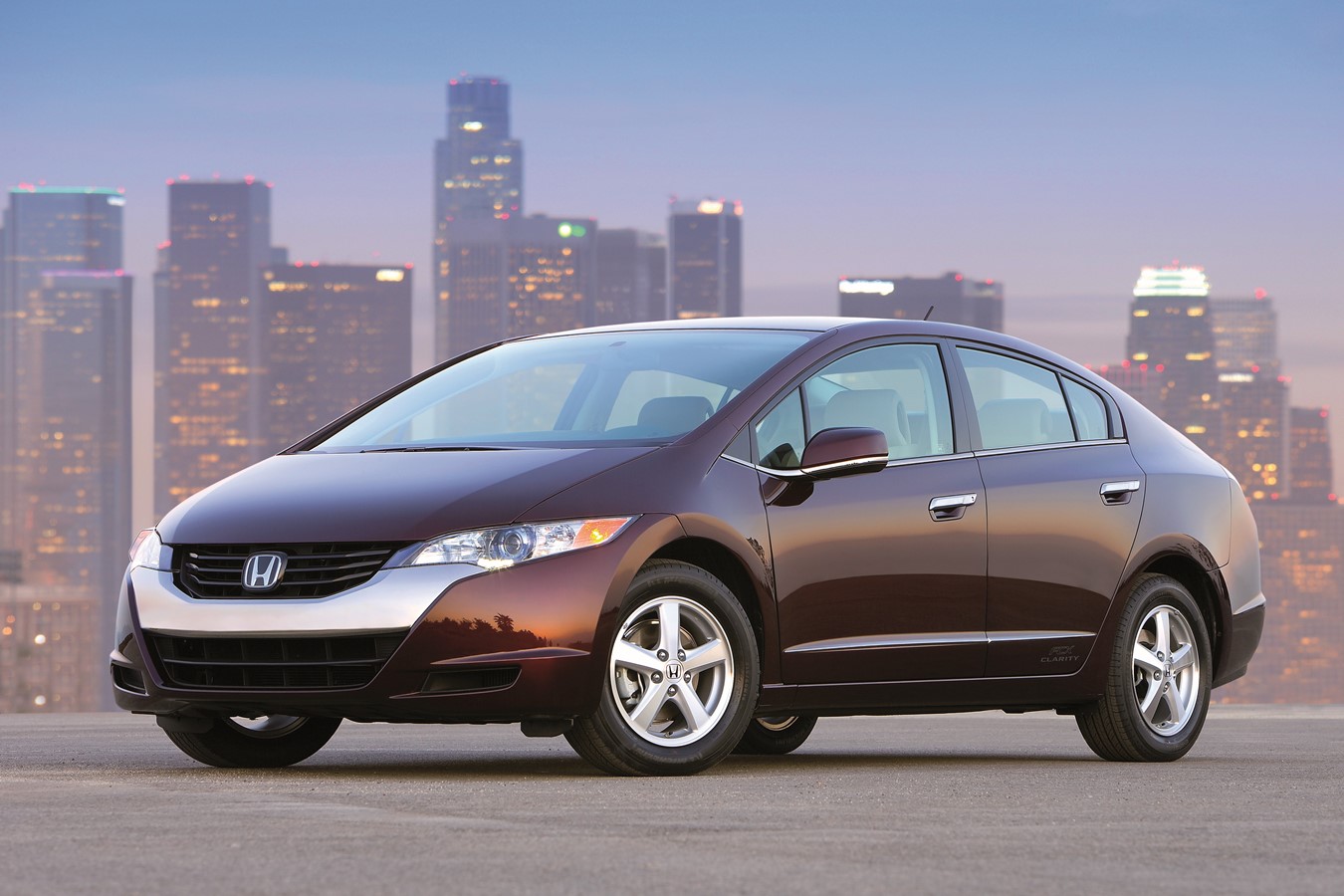
Honda will strive for zero traffic collision fatalities involving Honda motorcycles and automobiles globally by 2050. The major challenge we will face as we work toward this goal is how to eliminate motorcycle collision fatalities, especially in emerging countries. As a company that has both motorcycle and automobile businesses, we will continue to strengthen our research on safety technologies that enable motorcycles and automobiles to safely coexist and lead the way in realizing a collision-free society from the standpoint of both hardware and software.
As for road safety and the 2050 objective of zero traffic collision fatalities involving motorcycles and cars, Honda will apply omnidirectional ADAS (advanced driver-assistance system) to all new automobile models on sales in developed countries by 2030. However, the high accident rates occur in less developed or emerging markets where there are very high numbers of motorcycles. In such areas, particularly in emerging markets, there are many collisions that can be prevented through traffic safety education activities and by approaching the issue from the perspective of infrastructure and government policies. Therefore, Honda will focus also on such areas including strengthening of educational programs and government/industry relations activities.
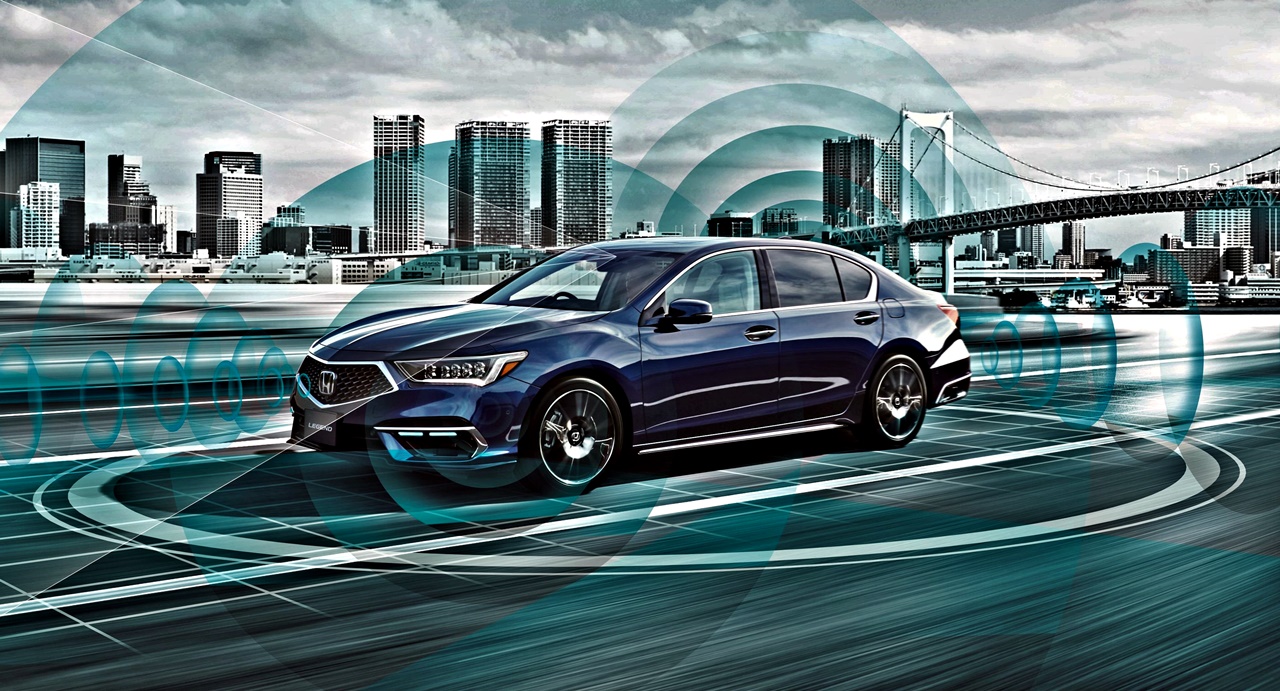
In order for Honda to keep making progress in its environmental and safety initiatives, it will be necessary for the company to invest in the R&D. This investment will not be influenced by fluctuations in sales revenues and Honda declares that it will invest a total of approximately 5 trillion yen as R&D expenses over the next 6 years.

“As of last fiscal year, we enabled Honda R&D to focus on the research of advanced technologies, and we are conducting research on leading-edge environmental and safety technologies for the realization of a society that aims for zero environmental impact and a collision-free society. Also, we are making progress with research on technologies which will expand mobility into the 3rd and 4th dimensions, into the skies, the ocean, outer space and the area of robotics. We will strengthen our original research of technologies by ensuring optimal allocation of resources into the area of advanced and cutting-edge technologies,” said Toshihiro Mibe, Honda Motor’s new President and Representative Director who took over the position from Takahiro Hachigo at the beginning of this month.
“My hope is to hear people saying, ‘We are glad Honda exists’ or ‘Honda will definitely do it’. Honda wants to continue to be a company that people want to exist. That is what we want to achieve,” Mr. Mibe said during his inaugural speech as new President.


